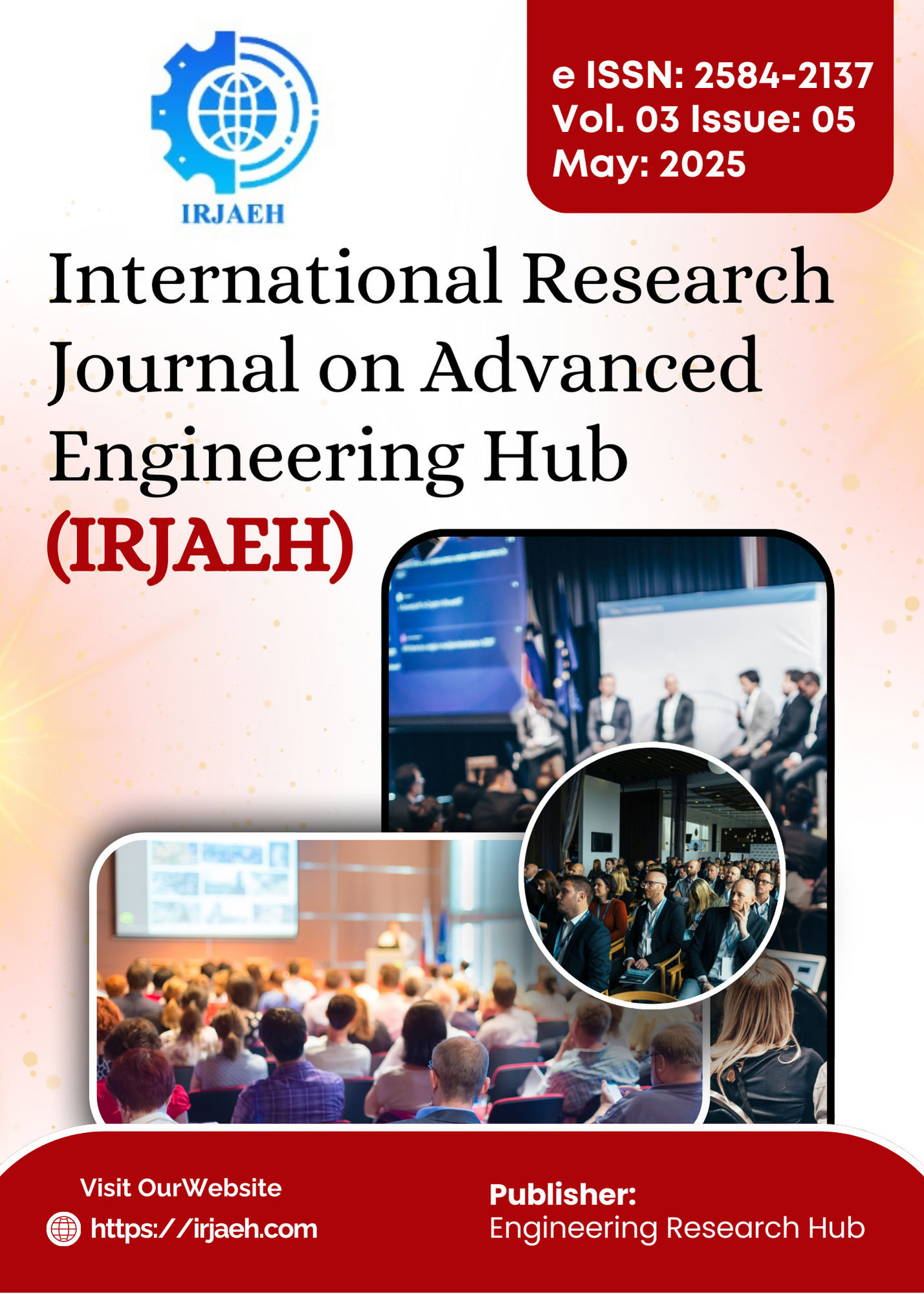Automated Brain Tumor Classification Using Hybrid Deep Learning Models
DOI:
https://doi.org/10.47392/IRJAEH.2025.0318Keywords:
Brain Tumor Detection, Deep Learning, EfficientNetB2, Grad-CAM Visualization, MRI Classification, Symptom-based Interface, Transfer Learning, VGG16–ResNet-50Abstract
The accurate and timely diagnosis of brain tumors remain a major challenge in medical imaging, traditionally dependent on radiologist expertise. To address this, we propose a hybrid deep learning framework that integrates computer vision models with transfer learning for improved brain tumor detection and classification. Our system combines the feature extraction capabilities of VGG16 and ResNet-50 into a hybrid VGG16–ResNet-50 model and leverages a fine-tuned EfficientNetB2 network. These models classify tumors into glioma, meningioma, pituitary, and no tumor categories using the CE-MRI dataset. The hybrid model achieves an accuracy of 80.0%, while EfficientNetB2 delivers 85% accuracy and an F1-score of 80%. Beyond imaging, we introduce a symptom-based interface that allows users to input neurological symptoms for early risk screening and personalized treatment recommendations. Grad-CAM visualization is integrated to highlight tumor regions, enhancing interpretability and clinical trust. The system is deployed as a web-based application under the name TumorTrace AI, providing instant classification, explainability, and automated PDF medical reports. This framework bridges the gap between research and real-world application by combining deep learning, clinical usability, and a user-friendly interface. It aims to improve diagnostic workflows, support early detection, and serve as a scalable tool for personalized brain tumor care.
Downloads
Downloads
Published
Issue
Section
License
Copyright (c) 2025 International Research Journal on Advanced Engineering Hub (IRJAEH)

This work is licensed under a Creative Commons Attribution-NonCommercial 4.0 International License.

 .
. 